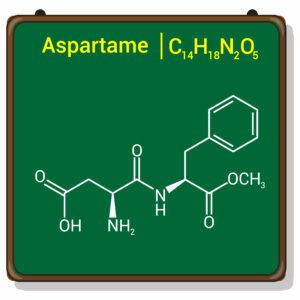
Here’s a hopeful fact about the world’s best marathon runners. They tend to peak in their mid to late 30s, which tells us something about endurance as we get older. The message? It’s loud and clear that running, walking, swimming, bicycling and using any of the various cardio machines at the gym are good ways to build and maintain endurance well into our older ages. It’s a sure-fire route to staying younger longer. You will feel stronger and less fatigued than, say, your formerly sedentary self.
Endurance training, which is also called cardio or aerobic training, can significantly protect your heart and lungs. It’s not a young person’s domain. Landmark studies conducted at Tufts University in Boston has even revealed that sedentary individuals who are 70 and older can significantly improve endurance—and report feeling younger and more independent—if they take up aerobic training in their eight decade and beyond.
A new Stanford University study reported that people who are regular runners enjoy a longer span of active life and fewer disabilities as they grow older than adults who do not follow a running or aerobic exercise habit. The Stanford findings make an important point: It’s not always just how long you live, but how you are able to live those years.
Along with increased physical stamina, a cardio exercise habit of walking, swimming, running or cycling will keep you more flexible, according to a University of Buffalo study. And a 2008 study by Brazilian researchers shows that regular endurance training can boost the immune system. The Brazilian scientists concluded that we can’t control all aspects of aging, but that regular aerobic workouts can “decelerate age-related decline in immune function.”
So the question is, what is regular endurance or cardio training? A good place to start is performing an aerobic activity three times a week for 30 minutes per session or four times a week for 20 minutes per session. That doesn’t count a three- to five-minute warmup at a pace that prompts you to break into a light sweat. Work at about 60 percent of your maximum heart rate (the max rate is 220 minus your age) for starters; even 50 to 55 percent is acceptable if you are coming off an extended period of not exercising.
As you become conditioned to the length and pace of these workouts—which usually happens in six to 12 weeks, then change up the routine by
1. Exerting at 65 to 70 percent of max heart rate;
2. Adding 10 minutes to your workouts or
3. Alternating among two to three cardio activities each week.
Of course, before you undertake any strenuous workout program, please be sure to consult your health practitioner. Then go out for a guaranteed path to being younger longer.

A new study suggests that a widely used sugar substitute found in diet sodas, chewing gum, and low-sugar yogurt may elevate insulin levels. This could increase the long-term risk of heart disease. “Artificial sweeteners have infiltrated nearly all types of food, making it crucial to understand their long-term health effects,” said Yihai Cao, senior author […]

Diet Coke has long been a fan-favorite among soda lovers who want a fizzy, guilt-free alternative to traditional soft drinks. While its zero-calorie, zero-sugar label makes it seem like a healthier option, the reality is far more concerning. Despite its undeniable popularity, Diet Coke’s nutritional profile has raised red flags among health experts for years. […]

New study shows that embracing an anti-inflammatory, plant-forward diet can support cognitive function and help reduce the risk of dementia. What You Eat Shapes Your Brain The food you eat doesn’t just impact your body—it also affects your brain. Research suggests that eating an anti-inflammatory, plant-based diet can help improve memory, focus, and overall brain […]